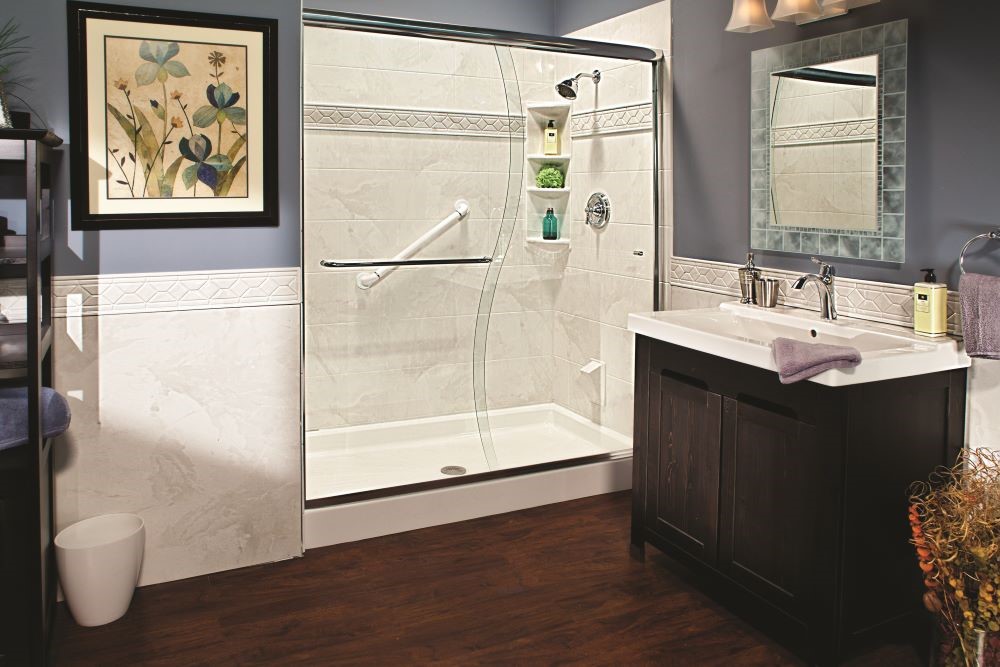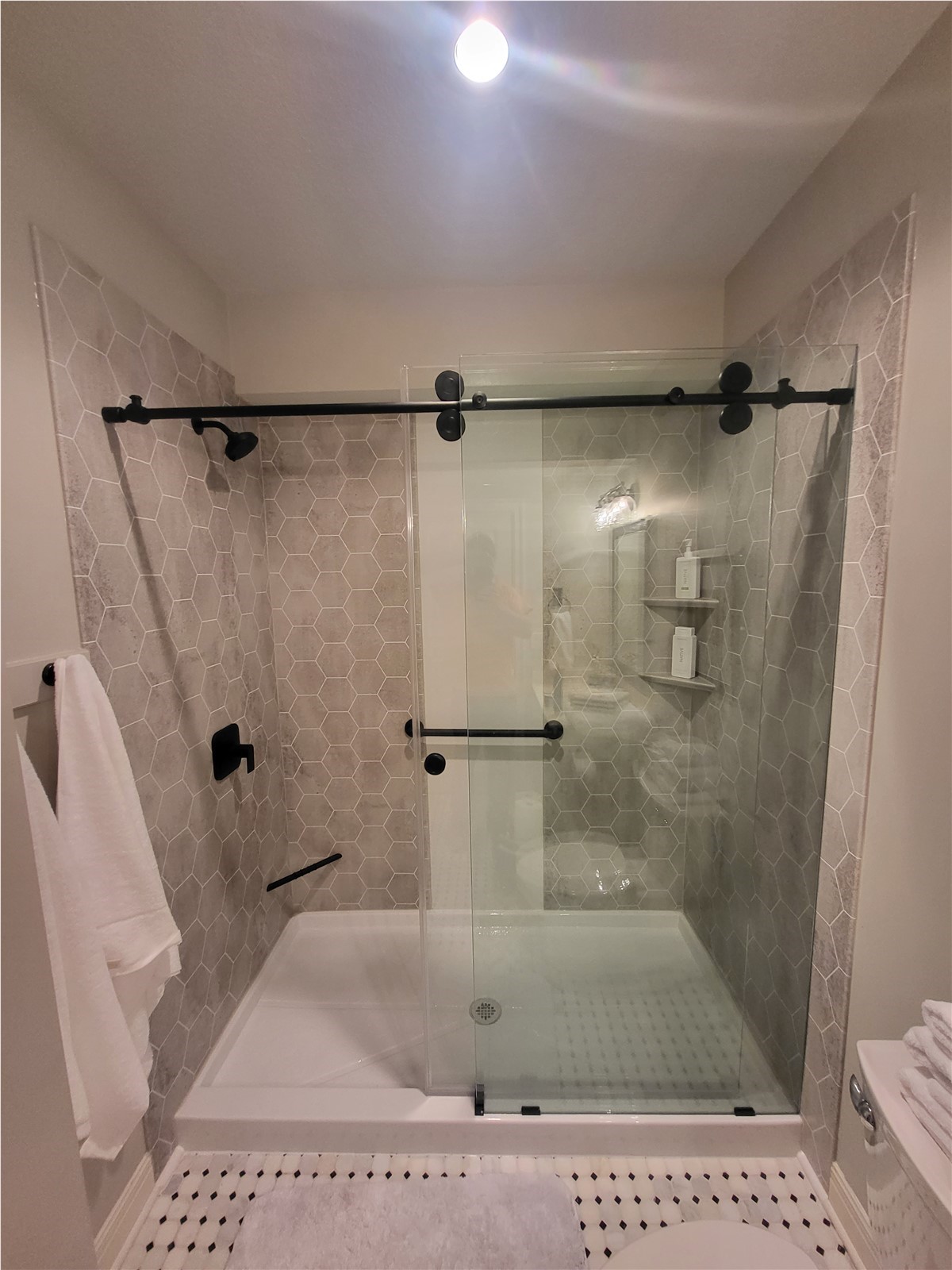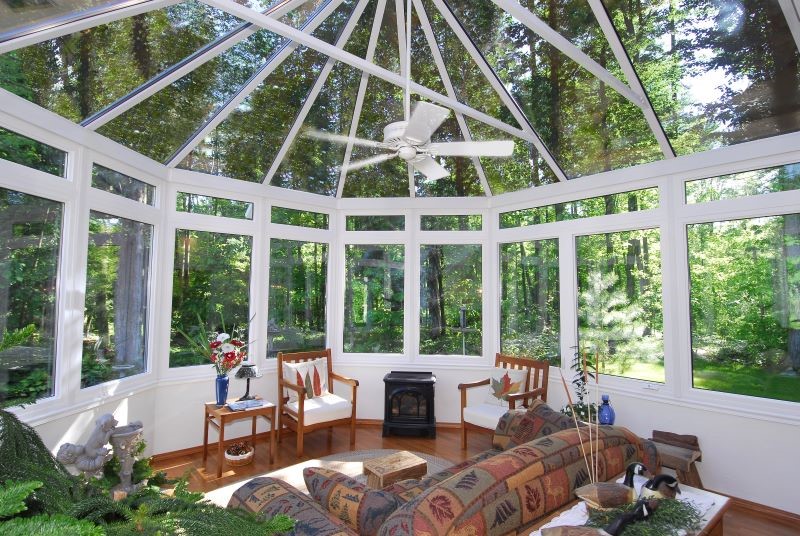When you lived in an apartment or condo, you never had to worry about siding. Your main consideration was the inside of your smaller living space, especially keeping it clean enough to keep your landlord happy.
But now that you own your own home, you have to maintain the outside of your house, not just the interior. For instance, along with dealing with the new challenges of maintaining your own plumbing and electrical systems, you also have to tend to a backyard, keep your roof clean, and—perhaps most importantly of all—figure out what type of siding you need and when to replace it.
Below, we provide you with all the information you need about siding, including what it is, what types of siding you can choose from, and when you need to repair or replace it. Once you’re through reading this blog, you’ll be ready to make your new Missouri home look its absolute best from the outside in.
What Is Siding?
Let’s start with the basics. Siding is the external part of your house, unless you have a brick, concrete, or stone façade. Its main purpose is to protect your home from the elements (a crucial task in Missouri’s harsh, humid climate), but it also serves a major aesthetic function. Your siding can make or break your home’s look, so choosing the right type and color of siding is critical.
What Is Siding Made From?
Depending on the look you want, you can choose siding made from a variety of materials. Some of the most common materials include:
- Vinyl siding. Vinyl is a sort of all-purpose material: it can be made to look like wood, or it can come in any color you want to match your home’s roof and current look. In addition to being affordable, vinyl siding boasts a high R-value—investing in siding means helping the environment and your wallet as you save on heating and cooling costs.
- Fiber cement siding. This composite siding is usually made from a combination of cement, sand, and cellulose. It tends to cost more than vinyl siding, but because it’s made from cement, it can endure the harshest weather conditions for years—even decades. Like vinyl, it’s also a green siding that helps the environment while saving you money.
- Metal siding. Metal siding usually refers to either steel or aluminum siding. Although they’re both rot-resistant, they can cost a bit more than other types of siding, and steel siding in particular is much heavier than other materials. Metal siding also gives your home an industrial look, even if it’s painted, which might not match your ideal aesthetic.
- Wood siding. Pure wood siding is always in fashion. However, it costs more than other types of siding. Even though wood siding is treated to be weather- and water-resistant, it’s still more prone to rotting and weather damage than vinyl or fiber cement siding.
- Each siding material has its pros and cons. Talk to your siding supplier to learn more about which type of siding best matches your homeownership goals.
Do You Need New Siding?
Obviously, your new home came with its own siding. If you’re satisfied with that siding, fantastic! You can cross new siding off your to-do list and focus on other key tasks that accompany homeownership.
On the other hand, you might consider replacing your home’s siding in the following circumstances:
If the siding is warped or the paint is peeling. These two signs indicate that your siding is a little old—or at least poorly maintained on the part of the previous homeowner. Your home doesn’t just look shabbier with warped or peeling siding: the siding is also less weather-resistant and won’t keep hot or cold air in as well depending on the season.
- If the siding is made from rotting material. If the previous homeowner had wood siding that’s more than a few years old, you’ll want to check it for rot or signs of termite infestation.
- If you want to lower your energy costs. Like we’ve mentioned before, vinyl and fiber cement siding are both eco-friendly options that can help you save money and decrease lost energy each month. Whether you’re environmentally conscious or you want to make your home as comfortable as possible during Missouri’s hot summers and freezing winters, siding is one of the first things you’ll want to replace.
- If the siding is obviously damaged and cracked. The longer your siding goes unrepaired, the more damage your home will incur. Bump repairing your siding higher on your list of priorities if it looks much worse for the wear.
Improving your siding also has a great return on investment in terms of resale value, but unless you’ve bought the house solely to fix it and flip it, you can save this task for a few years down the road if resale is one of your future plans.
How Can You Repair or Replace Siding?
The answer is simple: just call your favorite local siding contractors! At Four Seasons Home Products, we’re committed to helping you find the best siding for your home and doing a marvelous job installing and repairing it.
Call us any time to get answers to any of your siding questions, not just the ones we’ve answered here. We’re happy to get you an estimate and help make your new home as beautiful, sturdy, and comfortable as possible.
Subscribe to Four Seasons Home Products's Blog








Comments